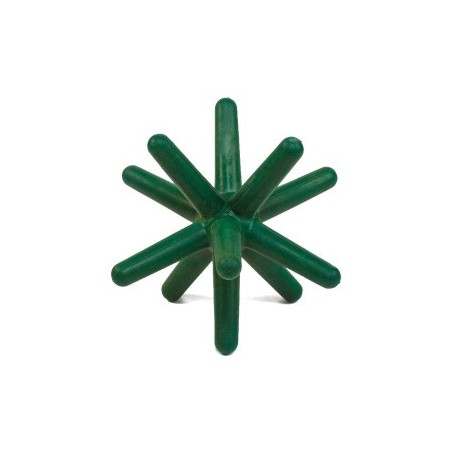The objective of this study was to evaluate the effects of trailer design on the stress responses and meat quality traits of 3 different pig crosses: 50% Pietrain breeding with HALNn (50Nn), 50% Pietrain breeding with HALNN (50NN) and 25% Pietrain breeding with HALNN genotype (25NN). Market barrows (n=360), as a subset of 12 trailer loads of pigs, were transported from farm to slaughter on 6 dates in 2009 for 45 min in either a pot-belly (PB) or flat-deck (FD) trailer, with 120 pigs/genetic group being represented. Temperature (T) and relative humidity (RH) were recorded by data loggers mounted in both trailers. Behaviours and handler interventions were video-taped at loading, unloading and in lairage. At exsanguination, blood samples were collected for the assessment of lactate, cortisol, creatine kinase (CK), haptoglobin and Pig-MAP concentrations. Meat quality was measured in the longissimus dorsi (LD), semimembranosus (SM) and adductor (AD) muscles of all pigs.
Temperatures were warmer in compartments 6 and 11 at loading (P<0.001), compartment 11 during travelling (P=0.05), and in compartment 5 at unloading (P=0.01) of the PB trailer. Pigs unloaded from the FD trailer overlapped more (P<0.001), whereas (P<0.001) the frequency of jamming was noted for pigs unloaded from the PB trailer. Pigs with 50% Pietrain genetics overlapped and jammed more (P<0.001) than pigs with 25% Pietrain genetics, regardless of HAL status. Greater (P=0.03) CK levels were found in 50Nn pigs transported in the PB trailer, while 50Nn and 50NN pigs had greater (P=0.028) lactate levels than 25NN pigs. Carcasses from 50Nn and 50NN pigs were leaner (P=0.04), and the skin damage score was lower (P=0.04) in 25NN carcasses. Overlap-type bruises were greater (P=0.02) in pigs transported in the FD trailer. Pigs transported in the PB trailer had greater (P=0.05) pHu in the SM and AD muscles (P=0.013). Except for pHu in the SM muscle, all meat quality parameters were affected by the Hal gene (P=0.04).

The use of a PB trailer for short distance transportation of pigs to slaughter negatively affected stress responses and meat quality. The greater proportion of Pietrain genetics in the selection resulted in leaner carcasses, but also in pigs being more difficult to handle. Crossbreeding appeared to have a greater impact on animal welfare and meat quality than vehicle type, but trailer type may emphasize these negative genotype-related defects.
A.V. Weschenfelder, S. Torrey, N. Devillers, T. Crowe, A. Bassols, Y. Saco, M. Piñeiro, L. Saucier, L. Faucitano. Effects of trailer design on animal welfare parameters and carcass and meat quality of three Pietrain crosses being transported over a short distance. Livestock Science. Volume 157, Issue 1, October 2013, Pages 234–244. doi:10.1016/j.livsci.2013.07.004




